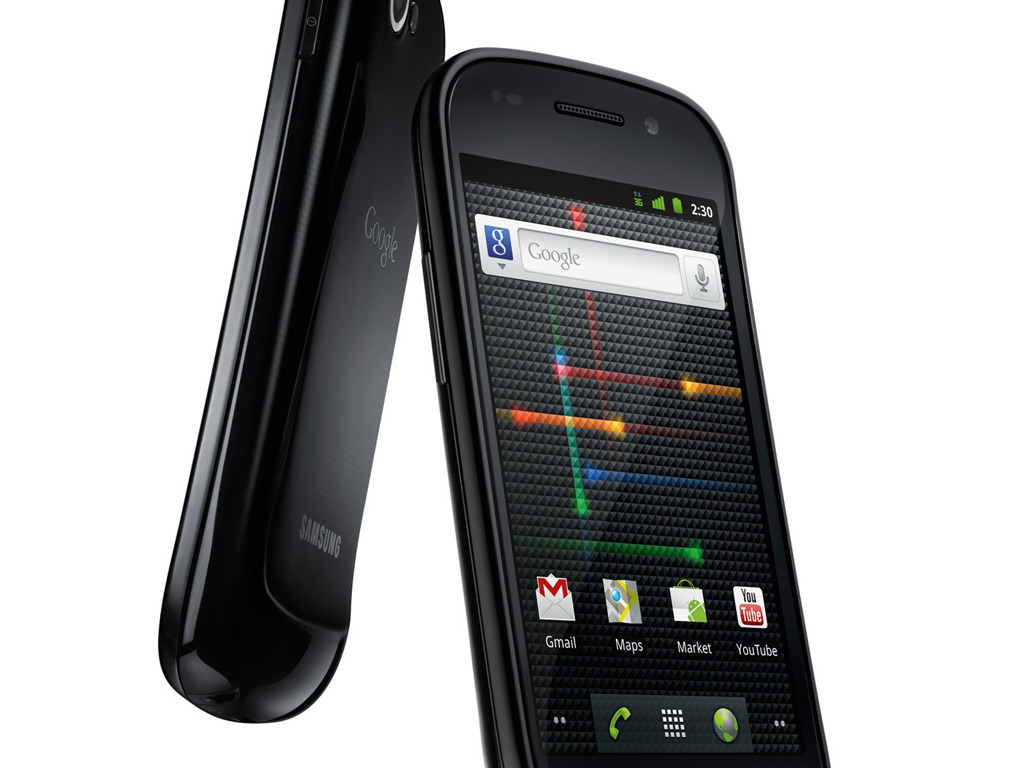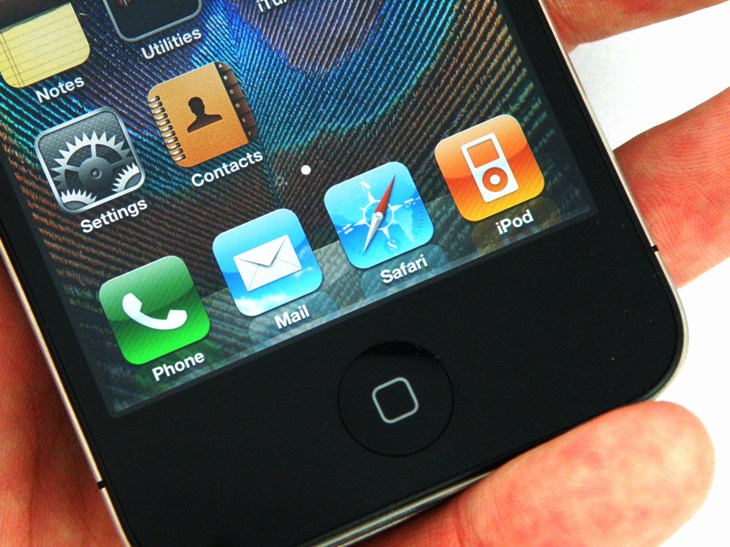Who's making money from your smartphone?

Smartphones are big business. But who's making money from them? In these days of big strategic acquisitions it's becoming increasingly difficult to say who's profiting from what.
Apple? Google? Microsoft? Chip makers? Companies that don't even make phones? It's actually all of them and more.
Almost everyone in the industry is making bundles of cash from smartphones - except the mobile operators who subsidise handsets and only make money from your monthly bills.
How much do they make? No-one wants to say. So where is your money going?
Unless you buy an unlocked phone without a contract, you're not paying the full price for the phone; the mobile operator is subsidising the phone price and making the money back on your monthly bill.
How much are subsidies?
Subsidies vary; they can be "half to two thirds the cost of the device" according to Bill Morelli of IMS Research.
"In Europe on a mid-range smartphone you see subsidies between 70 and 150 Euros, on a high end phone they can go up to 200 to 300 Euros," Gartner analyst Carolina Milanesi told TechRadar.
Sign up for breaking news, reviews, opinion, top tech deals, and more.
Between marketing and subsidies, T-Mobile and Orange spend £14 to acquire each pre-pay user and £156 for more lucrative contract users (and £160 a year to keep them); Vodafone doesn't break those figures out for the UK but it's three quarters of their customer costs in Europe, which would work out as £4 million for the UK - and it's doubled since last year.
"In the US, operators try to bring the price down to $100 or $200" Michael Morgan of analysts ABI told us, "and the average selling price to the operator is $400 but you sign a two year contract. Essentially it takes that first year of your contract with them to pay off the subsidy and they start making money in the second year. And consumers are addicted to those subsidies!"
Specific figures from mobile experts WDS for 2010 say US operators pay an average of $342 for HTC phones, compared to $300 for a BlackBerry, $210 for a Samsung phone, $223 for a Motorola phone, $183 for a Nokia – and $610 for an iPhone.

Uniquely, operators pay Apple a monthly fee for iPhones in use; Piper Jaffray analyst Gene Munster estimates that AT&T pays Apple $831 for each iPhone sold in an Apple Store and activated on the network; other estimates say Apple was asking European operators for as much as 40% of monthly contract prices.
That's on top of subsiding the cost of the iPhone to the customer.
Cost of a phone: $200 or $30 million
But how much does it cost to make the phone in the first place? There's the cost of designing the phone - RIM tried out a hundred different case designs for the new Bold - building it, getting it tested (by the FCC in the US or the CE mark testing bodies in Europe) and then certified by the operators.
An industry insider told TechRadar the cost of building a new phone is "a $30 million engineering commitment".
The cost of components and manufacturing is known in the industry as the Bill Of Materials, or BOM.
"With Android and other full feature smartphones, we typically see BOM anywhere from $120 to $180 to more than $200," David Carey of Techinsights told us "and the ratio of the BOM to the retail price is 35-45%".
Verizon introduced the Motorola Droid with a price tag of $199; iSuppli estimated it would cost $187.75 to build ($179.11 of electronic components and $8.64 in manufacturing costs).
The most expensive components are the screen and the touchscreen layer; the radio, which can be up to a third of the component costs, then there's flash memory, the processor and the case itself.
For the Verizon iPhone 4, of the $175 total cost, the screen and touch screen come to $35, plus $35 for the NAND flash, $30 for the Qualcomm chipsets, $25 for the A5 processor and $20 for the physical case, estimates Carey; "then it's a few dollars for the battery, another $5 for the glass protector, a lot of other components that are under $10." For phones that come with an SD card, "you can plan on a dollar a gigabyte".
Morgan told us "adding LTE jacks up the price by about $15; you have to add more antennas and you're going to have a bigger screen and a more powerful processor to do something with that LTE connection."
Those prices aren't just how much it costs to make chips either; there are licences for the intellectual property in the CPU and the radios and they vary depending on the deal you can get.
"For 3G, if you have no IP of your own to bargain with, if you're at the bottom of the value chain you're looking at 25% royalties which can come down to 7% if you have IP; 10 or 15% is standard," says Michael Morgan. To make phones that use the GSM standard for calls, you have to join the GSM Alliance and pay their fees; Qualcomm has its own fee for the US CDMA standard.
And then there are licence costs for the phone software.
Mary (Twitter, Google+, website) started her career at Future Publishing, saw the AOL meltdown first hand the first time around when she ran the AOL UK computing channel, and she's been a freelance tech writer for over a decade. She's used every version of Windows and Office released, and every smartphone too, but she's still looking for the perfect tablet. Yes, she really does have USB earrings.